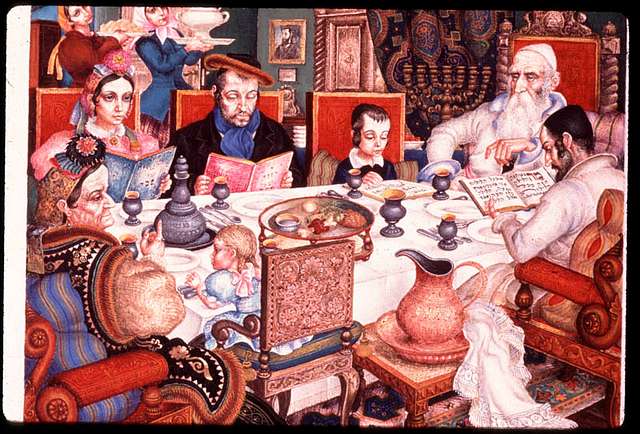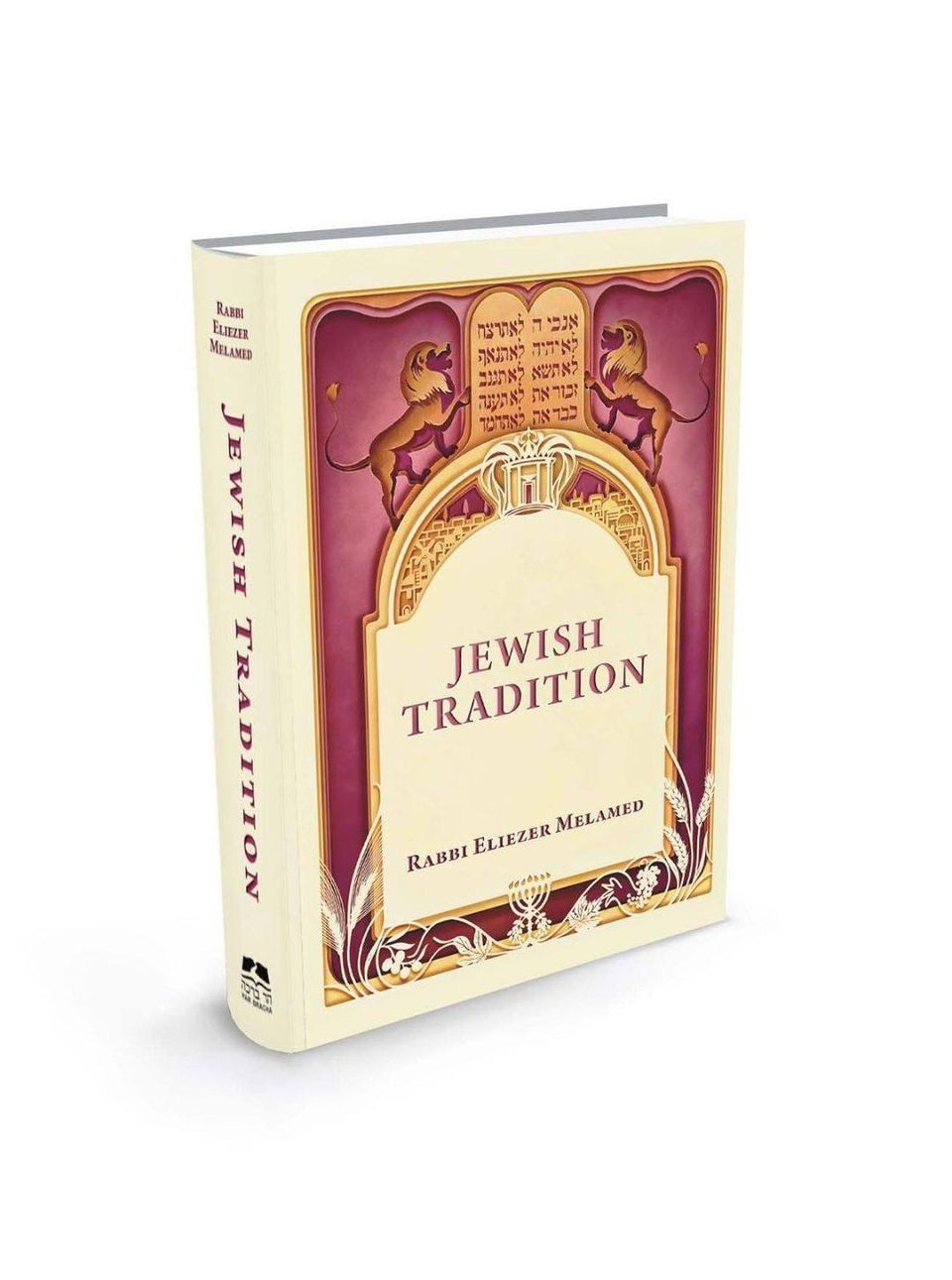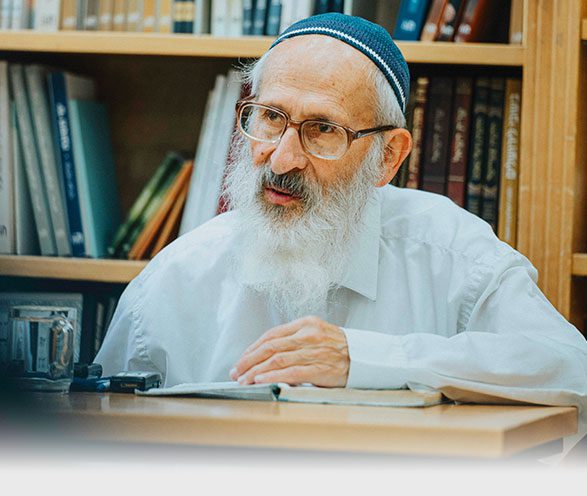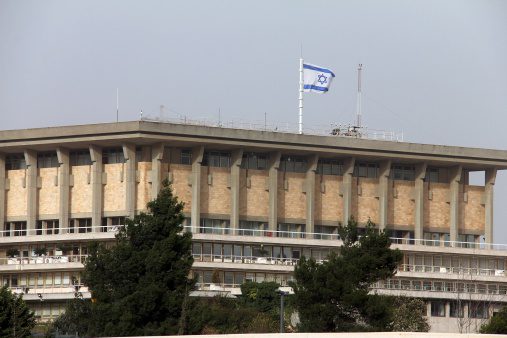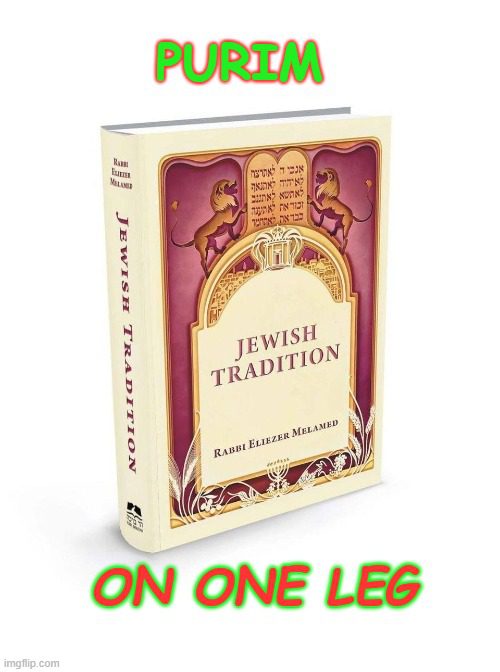Tu B’Av – Holiday of Unity and Joy
by HaRav Shlomo Aviner, Head of Yeshivat Ateret Yerushalayim
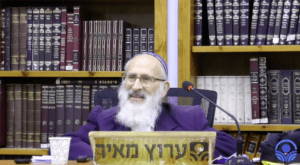
“Israel has had no holidays more joyous than Tu B’Av and Yom Kippur, when the young women of Jerusalem would go out…and dance in the vineyards.”¹ It is incredible that our Sages compared Tu B’Av – a holiday most people have never heard of – to Yom Kippur. What is so special about this day, the fifteenth day of the month of Av, which makes it deserving of such a noble comparison? We know that on Yom Kippur, Moshe Rabbeinu brought down the second set of Tablets to Am Yisrael, and God forgave Am Yisrael for the sin of the Golden Calf. Therefore this day – on which we received the Ten Commandments for the second time – has always been a day of forgiveness and rejoicing for us.² There are six reasons given by the Talmud for us to rejoice on Tu B’Av:³ On this day, the tribes were granted permission to marry one another. When the first generation entered Eretz Yisrael, each tribe received their portion of land. Women who inherited their fathers’ land were not allowed to marry out of their tribe, in order to keep the land within the same tribe. On Tu B’Av, the next generation of women was granted permission to marry whomever they desired, as the limitation on the first generation had expired.⁴ The tribe of Binyamin was allowed to marry other tribes. In the civil war following the incident of Pilegesh BaGiva,⁵ the tribe of Binyamin was almost wiped out, except for six hundred young men who managed to escape. Am Yisrael took an oath at Mitzpeh that they would not allow their daughters to marry anyone from the tribe of Binyamin. Later, when they realized that the tribe was in danger of extinction, they regretted the oath and looked for a way to allow the Binyaminites to marry and maintain themselves as a tribe. It was then decided that no one would initiate giving his daughter to a Binyaminite, but neither would he prevent them from marrying. These Binyaminites discovered where the girls of Shiloh went to dance, and “carried them off,” with the tacit agreement of the girls and their parents. Thus, the tribe of Benjamin was saved from extinction. The “Generation of the Desert” came to an end. Following the Sin of the Spies, when Bnei Yisrael cried about entering Eretz Yisrael, the entire generation of Israelites who had left Egypt was sentenced to die in the desert. Every year, on the eve of the ninth of Av, Moshe Rabbeinu would command them, “Go out and dig!” They would go out of their desert camp, dig themselves graves, and sleep in them overnight. The next morning, a messenger would proclaim, “Let the living separate from the dead!” About 15,000 men would die that night; the others would return to the camp for another year. In the last year, the fortieth year, the same procedure happened, except that no one died. At first they thought that they had miscalculated the dates, so they slept in their graves the following night, too. This continued until the fifteenth of Av, when they finally realized that no more people would die, and they declared a day of celebration.⁶ In addition, during all those years, God did not appear to Moshe Rabbeinu in prophecy, but rather communicated with him through the Urim VeTumim.⁷ This is like a couple who are angry with each other, and resort to writing notes because they are not on speaking terms. On Tu B’Av of the fortieth year, God began to speak to Moshe Rabbeinu directly. Jews were permitted to worship at the Beit HaMikdash. Yerovam ben Nevat, the first king of the breakaway Kingdom of Israel, feared that if Jerusalem, the political capital of the Kingdom of Judah, continued to also serve as the spiritual capital of all Eretz Yisrael, it would weaken his sovereignty, leading to his eventual downfall. Therefore, he set up border policemen to prevent anyone from the Kingdom of Israel crossing over into the Kingdom of Judah and going to the Beit HaMikdash in Jerusalem.⁸ One of the last kings, Hoshea ben Ela, annulled this decree on Tu B’Av, and permitted pilgrimage to Jerusalem.⁹ Although he was not known as one of the more righteous kings, this act of Hoshea was a remarkable one.¹⁰ The quality of this act compensated in some measure for his other sins. Those who were killed at Beitar were buried. At the end of the Bar Kochba Revolt, the Romans conquered the city of Beitar and murdered thousands of Jews, leaving their corpses strewn all over the ground. The Romans, bent on breaking the Jews’ spirit, would not even allow them to bury their dead.¹¹ Nothing could demoralize the remaining Jewish soldiers more than the sight of their friends lying dead on the ground beside them.¹² In Beitar, the bodies miraculously did not decompose during the prolonged period before Tu B’Av, when they were permitted to be buried. Following that, the Sages added another blessing, known as “hatov vehameitiv,” to Birkat HaMazon, the Grace after Meals. Hatov (He who is good) relates to the miracle of the bodies’ remaining intact, and hameitiv (He who does good) gives thanks for their burial.¹³ This blessing was added to honor the memory of Bar Kochba’s fighters. Whenever we eat bread we recite this blessing afterwards, as part of Birkat HaMazon, despite the fact that the revolt itself was unsuccessful and we suffered great losses.
No more trees were cut down for use on the holy altar after Tu B’Av every year. Only dried wood was used to fuel the holy altar, since fresh logs might have contained worms and would thus have been disqualified for use. After Tu B’Av, the days became shorter, and the sun was no longer strong enough to dry out freshly cut logs before worms could enter. Therefore, it was decided that from Tu B’Av onwards, no more trees would be cut down, and the day was named, “Axe-breaking day.”¹⁴ The term alludes to the fact that there was no longer any need for axes that year, since enough wood had already been cut for the altar to last until the following summer. This latter item, too, is connected to the destiny of Eretz Yisrael. The Talmud tells us of the family of Salmai of Netofa:
Once, the wicked rulers [the Romans] passed a law forbidding Jews to bring logs for the altar in the Beit HaMikdash. They stationed guards at checkpoints along the main roads, just as [the Kingdom of Israel’s] Yerovam ben Nevat had done, to prevent Jews from coming to the Beit HaMikdash. What did the God-fearing men of that generation do? They made ladders out of the logs, and carried them on their shoulders. When the guards asked them, “Where are you going?” they answered, “To bring down birds from the birdhouse down the road, using the ladders on our shoulders.” As soon as they passed the checkpoint, they dismantled the ladders and brought the logs up to Jerusalem. These people deserve to be remembered as “tzaddikim of blessed memory.”¹⁵ Even under threat and persecution, we remained faithful to Jerusalem and to the Beit HaMikdash. All of the six incidents which took place on Tu B’Av relate to unity; on this day, different segments of Am Yisrael were united and showed their commitment to Eretz Yisrael and the Beit HaMikdash: • Jews of different tribes were permitted to marry one another. • The tribe of Binyamin was once again allowed to marry women of other tribes, thus saving them from extinction, despite the grave sin they had committed. • The Generation of the Desert ceased to die, and the Sin of the Spies – of rejecting Eretz Yisrael – was forgiven. • The border policemen preventing Jews of the Kingdom of Israel from coming to Jerusalem were sent away. As a result, the ties between the Kingdom of Israel on the one hand and the Kingdom of Judah and Beit HaMikdash on the other were reestablished. • The corpses of Beitar were brought to burial, honoring the memory of those freedom fighters who gave their lives to establish a sovereign State with the freedom to worship God as they chose. • Trees were no longer cut down to be burnt on the holy altar. The custom of donating logs affords another opportunity to illustrate the dedication shown by Am Yisrael to uphold the service in Beit HaMikdash, even during times of persecution.
Domestic harmony within the nation, and harmony between the nation and its land, are really one and the same, for Eretz Yisrael is the factor which unites Am Yisrael. In Eretz Yisrael we become one nation.¹⁶ As the prophet Shmuel says, “Who can compare to your people, Israel, one nation in the Land.”¹⁷ Tu B’Av is the opposite of Tisha B’Av: In contrast to the baseless hatred that brought about the destruction of the Beit HaMikdash and the exile of our nation, the events commemorated on Tu B’Av reflect love and unity within our people, and our deep connection to Eretz Yisrael and the Beit HaMikdash. Why did R. Shimon ben Gamliel say that there were no days more joyous than Tu B’Av and Yom Kippur? Because Tu B’Av is a day of renewal of ties among Jews, and likewise Yom Kippur is a day of renewal of our ties to God. Yom Kippur is considered the wedding between Am Yisrael and God.¹⁸ This is the time when God’s wrath over the sin of the Golden Calf was appeased and Moshe Rabbeinu brought down the second Tablets to Am Yisrael. On this day we ask for forgiveness and “make peace” with God. We start afresh; our slate is clean. There is a famous story about the Ba’al Shem Tov, who sent his disciples to learn how to repent by following the example of a very simple man. They saw him standing in prayer, holding two notebooks, and speaking to God: “Master of the Universe, in this notebook I have recorded the many sins which I have committed this past year. And in the other notebook, I have recorded all the suffering and troubles You have brought upon me. I will forgive You for all the suffering You have brought on me, if You forgive me for all my sins!” He then threw both notebooks into the fire. This should serve as a model for all our relationships – with our friends, our spouses, and so on. We must learn to throw all the notebooks into the fire, and begin anew. Yom Kippur and Tu B’Av are, therefore, days of connection: between God and Am Yisrael; between Jews; and between Jews, Eretz Yisrael and the Beit HaMikdash. It is, therefore, fitting that on these days of spiritual unity, individual Jews should be married. We are now able to understand that, “Israel has had no holidays more joyous than Tu B’Av and Yom Kippur, when the young women of Jerusalem would go out…and dance in the vineyards [and choose their spouses].”


